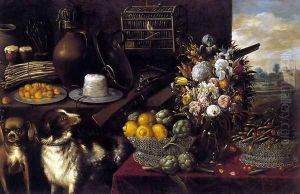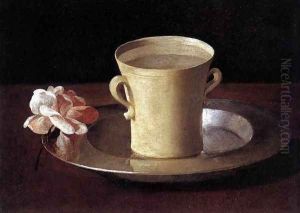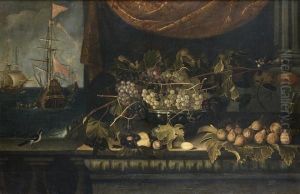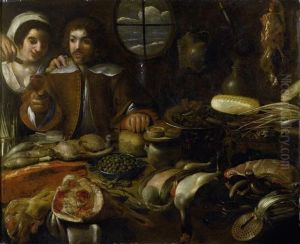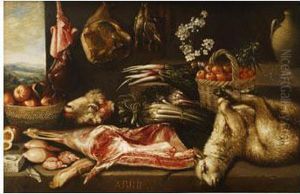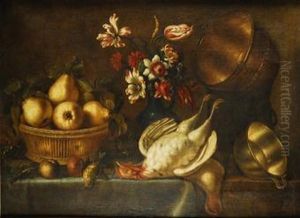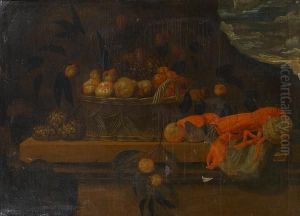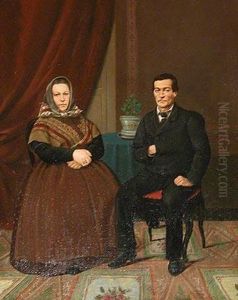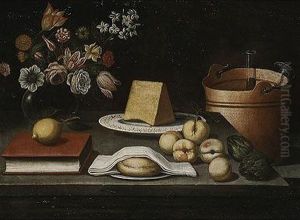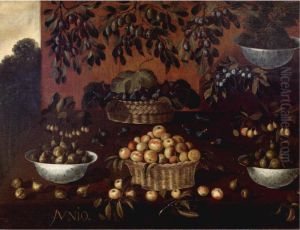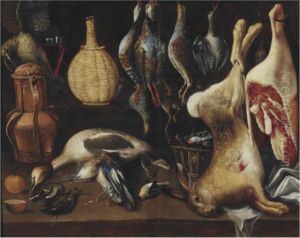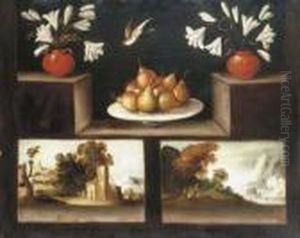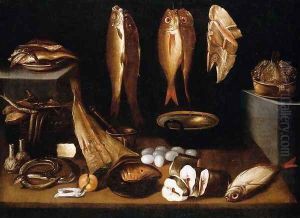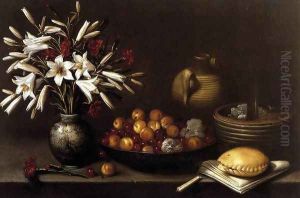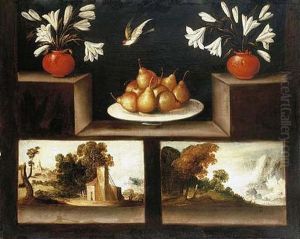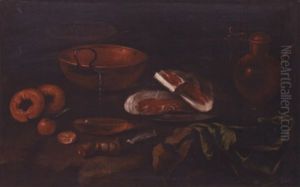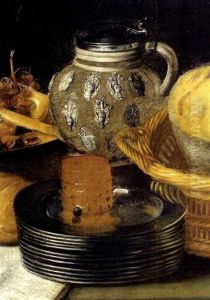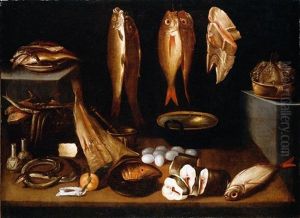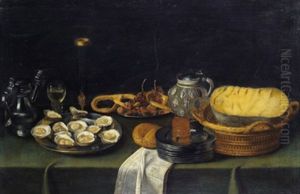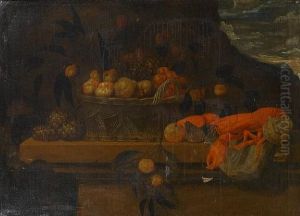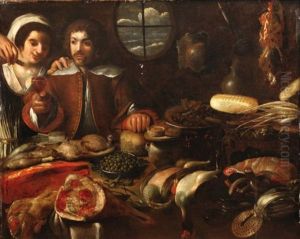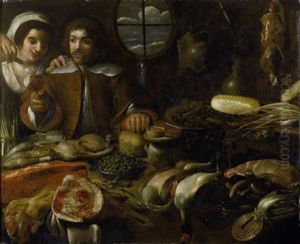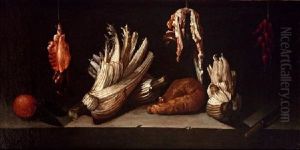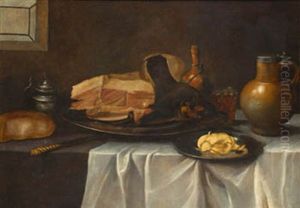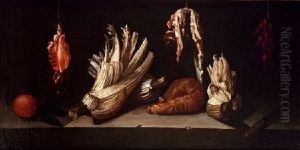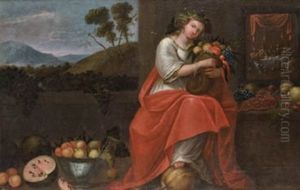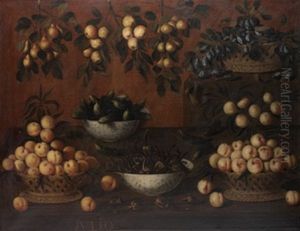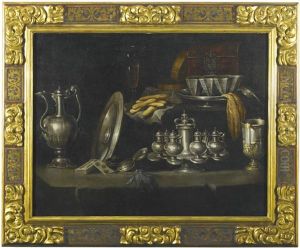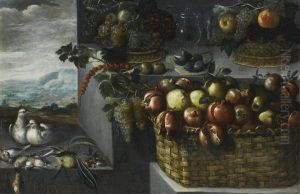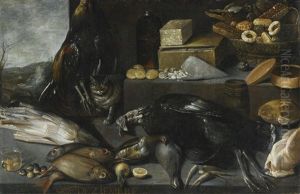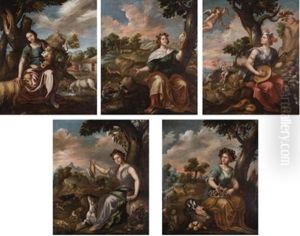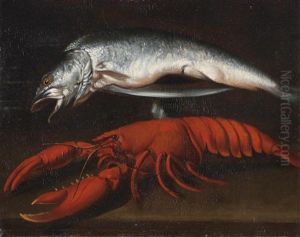Francisco Barrera Paintings
Francisco Barrera, also known as Francisco Barrera the Younger to distinguish him from his father, who shared the same name, was a Spanish Baroque painter. Born in 1595 in Madrid, Spain, Barrera was a prominent figure in the Madrid school of painting during the 17th century, a period known for its artistic vibrancy and the presence of many skilled artists.
Barrera’s work was primarily focused on landscapes, a genre that was gaining popularity in Spain during his lifetime. His approach to landscape painting was influenced by the work of Northern European artists, which was characterized by a detailed and naturalistic depiction of nature. He was known for his ability to capture the changing effects of light and weather in his landscapes, setting him apart from many of his contemporaries who often treated landscapes as mere backdrops to historical or religious scenes.
Despite the apparent lack of extensive documentation on Barrera’s life, it is believed that he did not receive widespread recognition during his lifetime. However, the quality of his work, particularly his landscapes, has been reassessed and celebrated by art historians in more recent times.
Barrera’s death occurred in 1658 in Madrid. While his paintings might not be as well-known as some of his contemporaries', they remain significant for their contribution to the development of landscape painting in Spain. Today, his works can be found in various museums and collections, appreciated for their serene beauty and historical importance in the evolution of Spanish art.
